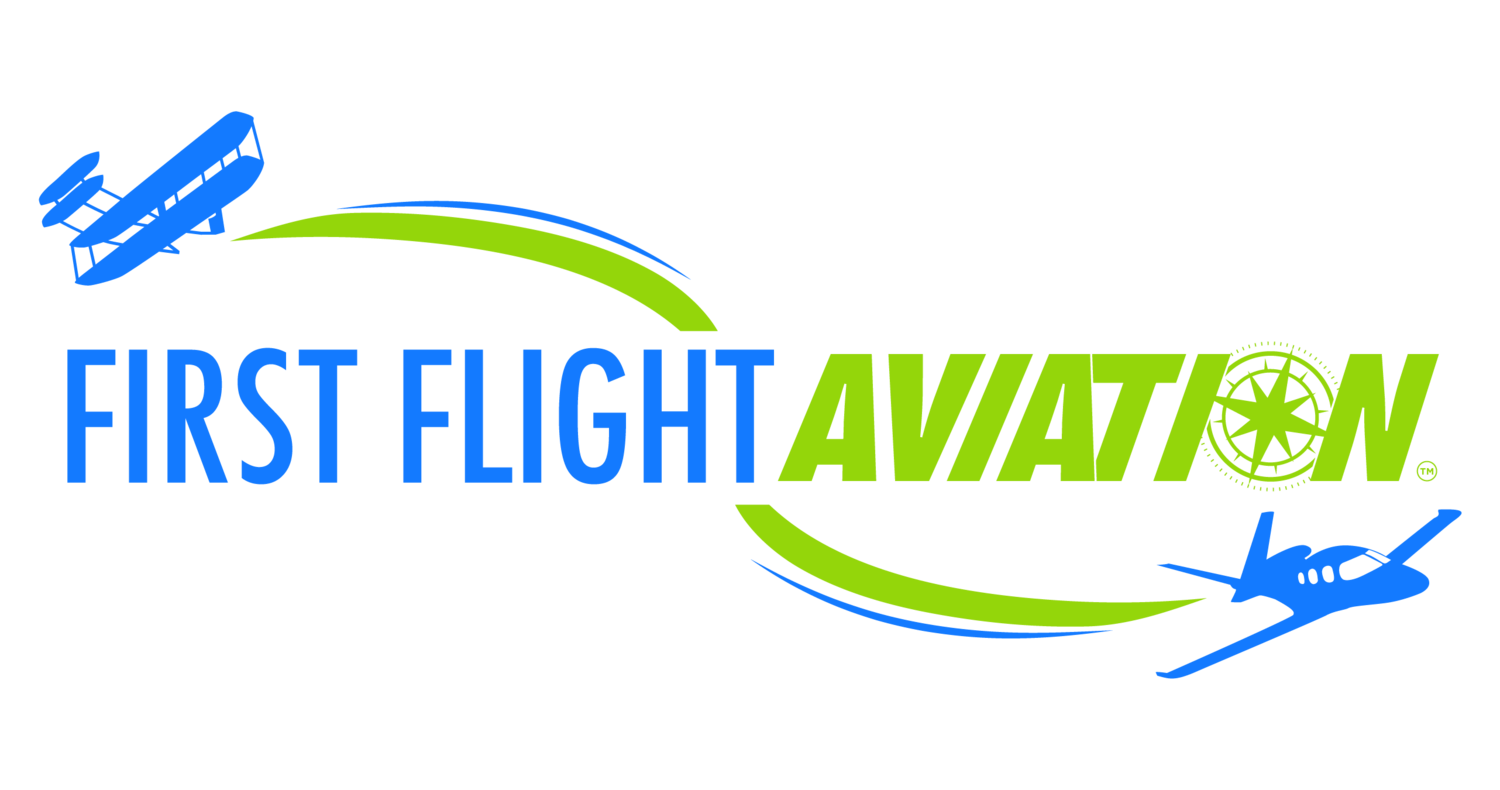What is avionics? Generally, avionics are the basic electronic systems on aircraft, spacecraft and satellites. They make flight possible and help pilots in Dayton, OH operate craft safely. The term developed from combining “aviation” with “electronics,” and you will hear it often if you learn to fly.
Call First Flight Aviation! (937) 885-5580
Here are seven systems that make up the basics of avionics:
- Communications: Aircraft contains avionics in the cockpit. They usually need quick access by pilots, and aircraft design places them within reach. One of the more essential functions is communications. Systems connect to ground crew and passengers and usually operate on the airband of 118 MHz to 136.976 MHz, with slight variations on commercial aircraft for international travel. Advanced military vessels also contain communication avionics to reach satellites.
- Navigation: Air navigation depends on the position of the aircraft on or above the Earth’s surface. Avionics uses satellite systems, like GPS or WAAS, or inertial navigation systems and ground-based radio. Most navigation technology combines these systems (e.g., GPS for primary navigation and radio-based for emergencies). Older systems like VOR or LORAN require the pilot to plot the course on a paper map first. Fortunately, new developments in avionics make that necessary only in antique airplanes.
- Monitoring: Monitoring includes dials, gauges and instruments. If the cockpit contains computer monitors instead of analog displays, it is called a “glass” cockpit. Much like navigation, monitoring evolved into more computer-based models rather than the manual ones you still find in older vessels. However, these advancements prove challenging when a pilot seeks to balance automation with manual functions.
- Flight control: Flight control refers to autopilot. Available on commercial aircraft, this system initially kept bomber planes steady to ensure accuracy. It later evolved to prevent pilot error and reduce challenges during takeoff and landing. In helicopters, auto-stabilization is another form of autopilot. Flight control devices and software undergo frequent testing to ensure safety and FAA compliance.
- Collision avoidance: Traffic alert and collision avoidance systems (TCAS) detect other airplanes and alert pilots to possible collisions. The software includes instructions to avoid accidents once it detects aircraft. TCAS makes flying safer, and air traffic control easier. It includes ground-proximity warning systems, too, although that technology still has weaknesses and room for improvement.
- Fuel systems: Running out of fuel in your car leaves you stranded, but the same incident in an airplane is a disaster. The fuel quantity indication system (FQIS) calculates the remaining fuel, and the fuel control and monitoring system (FCMS) manages fuel for various tasks. These technologies together ensure efficient fuel usage.
- Weather systems: Pilots can’t see future weather conditions, but these systems can warn of turbulence or excessive precipitation. These warnings allow pilots to adjust altitude to maintain a safe flight path. There are affordable light aircraft options, which detect storm activity and lightning, and more advanced systems that produce weather radar.
First Flight Aviation is up to speed on the advancements as well as the basics of avionics in Dayton, OH. We can ensure FAA compliance or install new systems. Contact us today to learn more about our facility and services.
